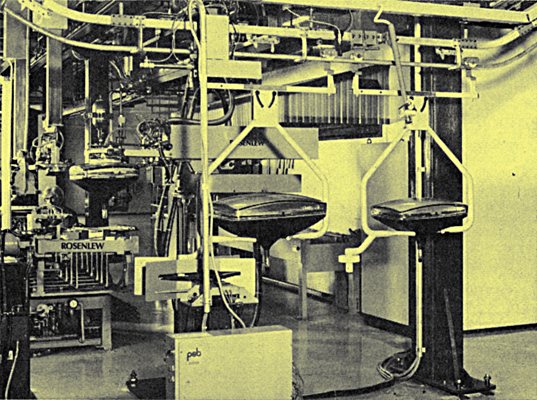|
Mullard's decision to 'streamline' its tube production business will, according to a report in The Times, 16 th Jan 1980, result in the loss of 900 jobs at its Durham and Simonstone, Lancashire works. The main changes, to take place over the next two years, will involve further automation and alterations to quality control departments; these moves are seen as necessary to compete with the high output of quality tubes and TV receivers from Japanese manufacturers and in the face of the development of domestic products using TV like tubes.
The National Economic and Development Office has recently identified certain trends in the TV and components industries and a study of production costs of colour television sets in the UK, Japan, South Korea and W Germany has shown that Japan in particular gains a high cost advantage from its overall higher level of investment in advanced automated plant, superior efficiency in manufacturing and design and more rigid quality control of components.
The Mullard decision reflects an awareness of these findings and also links up with NEDOs main recommendations which include the 'rationalization' of UK TV production into larger units producing five times the current number of receivers, more involvement directly with Japanese technology, to improve and introduce more new designs and to carry out more research and development.
Only about 100 of the threatened jobs will go in 1980 and Mullard says that it 'intends to continue to invest substantially in the picture tube business'.

A modern TV tube production line in Finland using 'Japanese' technology in this case a Hitachi range of 20 in, 22 in and 26 in tubes of the 'in-line' variety featuring quick start heater 110° deflection angle, temperature-compensated shadow mask, electrostatic focusing and self-converging integrated neck components. This automated plant, operated by the Automation Group, Valmet Oy, Finland is expected to be producing about 500, 000 tubes by the end of 1981.
|